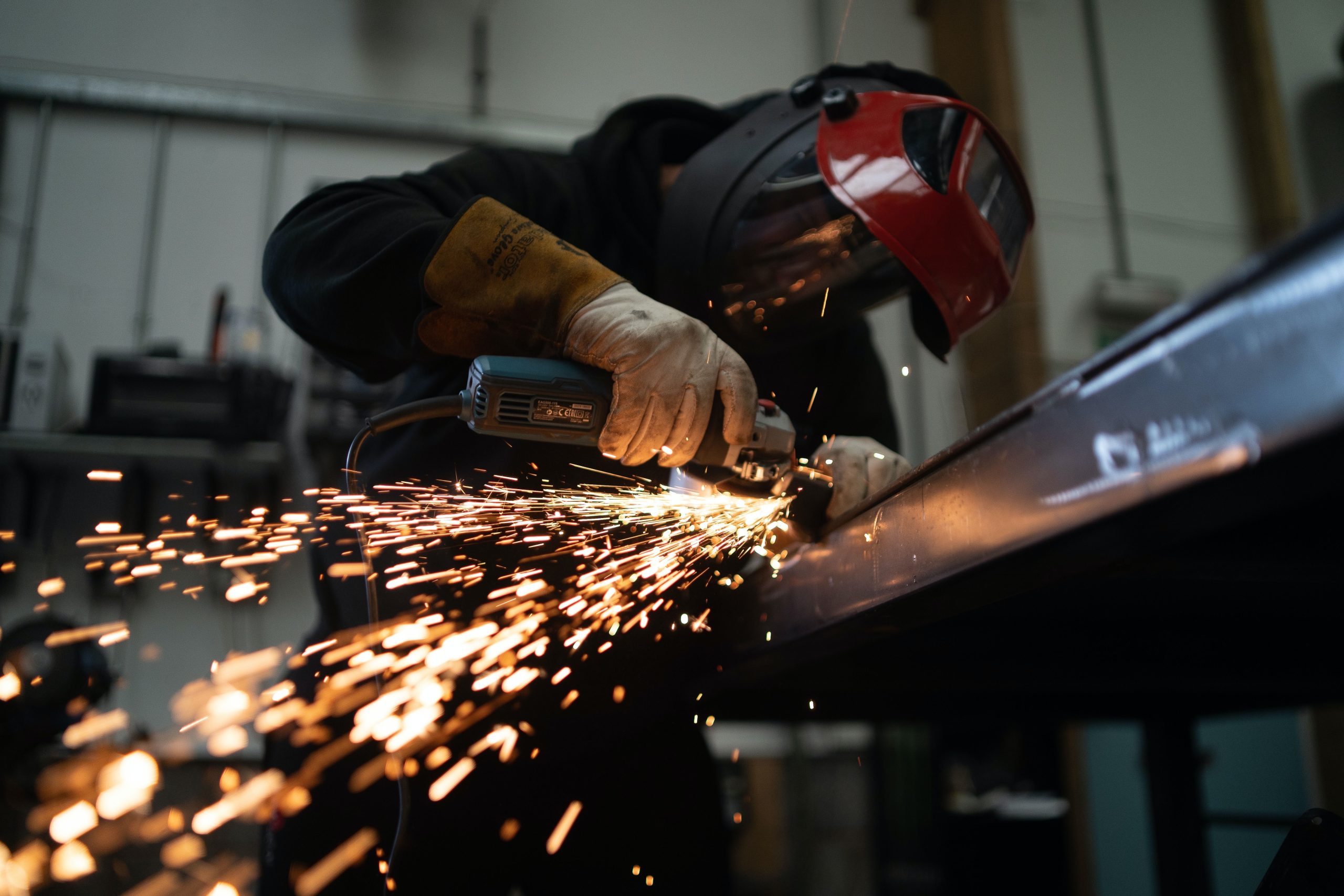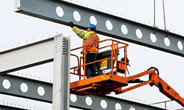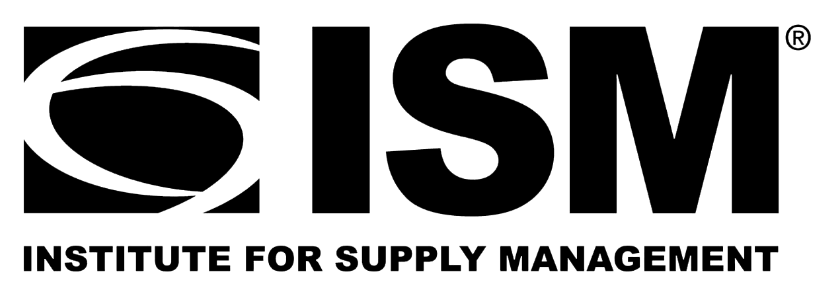Economy

Fed Beige Book: Economy improves, but manufacturing weak
Written by Laura Miller
April 18, 2024
While general economic conditions across the US improved slightly over the last six weeks, activity in the manufacturing sector was weak, according to the US Federal Reserve’s latest economic report.
The Fed’s April 17 Beige Book report said ten out of 12 districts experienced slight or modest economic growth since its last report in early March. The other two districts reported no changes.
The Beige Book, published eight times per year, highlights current economic conditions across the Fed’s 12 districts and changes in conditions from the previous report.
Only three districts reported growth for the manufacturing sector: Atlanta, Philadelphia, and St. Louis.
Manufacturers in Atlanta reported higher demand stemming from government spending on infrastructure projects.
Meanwhile, five districts reported a slowdown in manufacturing activity, including Minneapolis, Dallas, New York, Richmond, and Kansas City.
In Dallas, manufacturers pointed to weakening demand, political uncertainty, and high input costs as the top three outlook concerns.
In the New York district, “manufacturers generally expect conditions to improve, though optimism has become subdued,” the Fed said.
The Beige Book said residential construction rose slightly, but nonresidential construction activity was flat.
Consumer spending barely increased, the Fed said.
Some shipping delays were reported due to the disruptions in the Red Sea and the Baltimore bridge collapse, but the delays have not caused widespread price increases, the report said.

Laura Miller
Read more from Laura MillerLatest in Economy

Beige Book shows concerns about trade policy
Manufacturing was mixed, but two-thirds of districts said activity was little changed or had declined.

New York state manufacturing index drops again in April
Firms were pessimistic, with the future general business conditions index falling to its second lowest reading in the more than 20-year history of the survey

Construction adds 13,000 jobs in March
The construction sector added 13,000 jobs, seasonally adjusted, in March, but tariffs could undermine the industry.

Supply chains, end-users brace for impact from tariffs
Supply chains are working through what the tariffs mean for them

ISM: Manufacturing expansion loses steam after two months of growth
US manufacturing activity slowed in March after two straight months of expansion, according to supply executives contributing to the Institute for Supply Management (ISM)’s latest report.
